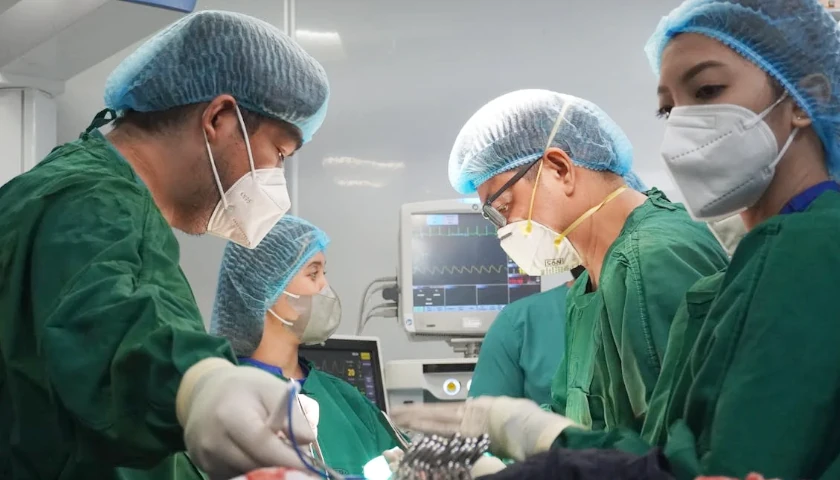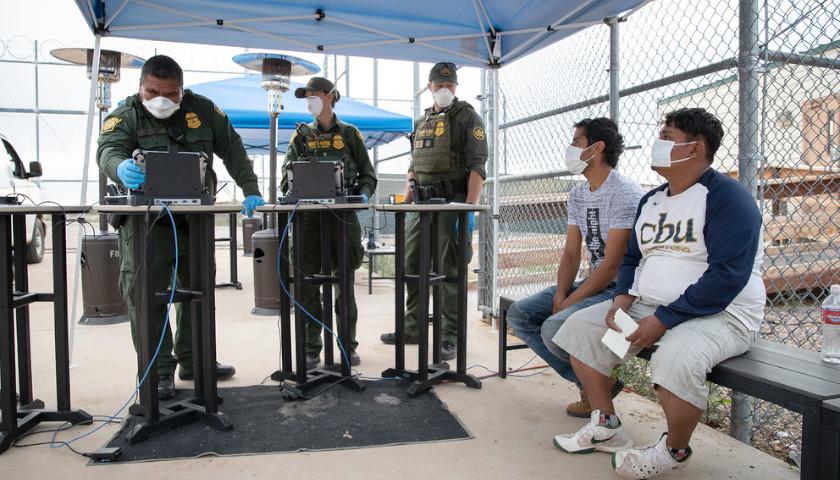by Scott McClallen
A new tool reveals thousands of dollars per student each year is paying longstanding debt service rather than helping Michigan students prepare for a successful future.
Leonard Gilroy, vice president of the libertarian Reason Foundation and senior managing director of the Pension Integrity Project, told The Center Square that changing markets, underfunding below actuary recommendations, and the Great Recession has made it harder to hit investment targets for pension funds in the last few decades.
Gilroy compared Michigan’s Public School Employees Retirement System’s (MPSERS) $40.4 billion of unfunded liabilities to fixing an oil spill.
First, you have to plug the active leak, then clean up what’s already spilled.
“What they’ve done is cap the spill, which is really important,” Gilroy said of recent reforms championed by Rep. Thomas Albert, R-Lowell, and signed into law in 2018, which lowered the payroll growth assumption used in MPSERS to ensure the system was more financially secure, freed more money for future classrooms, and paid down debt faster.
The next step is to clean up the oil already spilled – the more than $40 billion of unfunded liabilities.
“Michigan has been able to make some prudent reforms over the past few years that will reset the trajectory of this plan,” Gilroy said.
But they’re not done yet.
“To save money in the long run, we need to pay more now,” Gilroy said. “It’s how all debt works.”
As the budget gets tighter, facing a $1 billion to $2 billion budget deficit in fiscal year 2022, Gilroy said the state must continue paying down debt aggressively.
Rising pension debt crowds out money that otherwise could have flowed into the classroom.
“Bad assumptions, missed payments and underperforming investments have created over $40 billion worth of debt – unfunded liabilities – that cost students and school districts more and more money each year,” the report found.
If the state had made full pension contributions and used accurate investment return assumptions for the last 20 years, there would be thousands in additional funding for each Detroit Public School student, for example.
The tool shows that Detroit Public Schools made $111 million in total MPSERS contributions in 2018, which means the district spent $2,254 per pupil on pension costs.
Those MPSERS contributions represented 27 percent of the money that Detroit Public Schools received via the state’s per-pupil foundation grant and comprised nearly 15 percent of its total budget in 2018.
In 2018, Detroit Public Schools spent $2,002 per student on MPSERS debt.
If MPSERS was fully funded and not deeply in debt, Detroit Public Schools would’ve had to spend just $252 per student for its 2018 annual pension contributions, freeing up an extra $1,800 per student to spend in classrooms, on technology or teachers’ salaries.
Likewise, Lansing Public Schools spent $2,428 per pupil on pensions and $25.4 million in total MPSERS costs in 2018.
These contributions ate up 32% of the school district’s per-pupil grant.
If MPSERS wasn’t billions of dollars in debt, Lansing Public Schools would only have needed to contribute $274 per student to fund retirement benefits, which would’ve freed up an extra $1,800 for each student in the classroom.
– – –
Scott McClallen is a staff writer covering Michigan and Minnesota for The Center Square. A graduate of Hillsdale College, his work has appeared on Forbes.com and FEE.org. Previously, he worked as a financial analyst at Pepsi.
Photo “Classroom” by woodleywonderworks CC BY 2.0.





